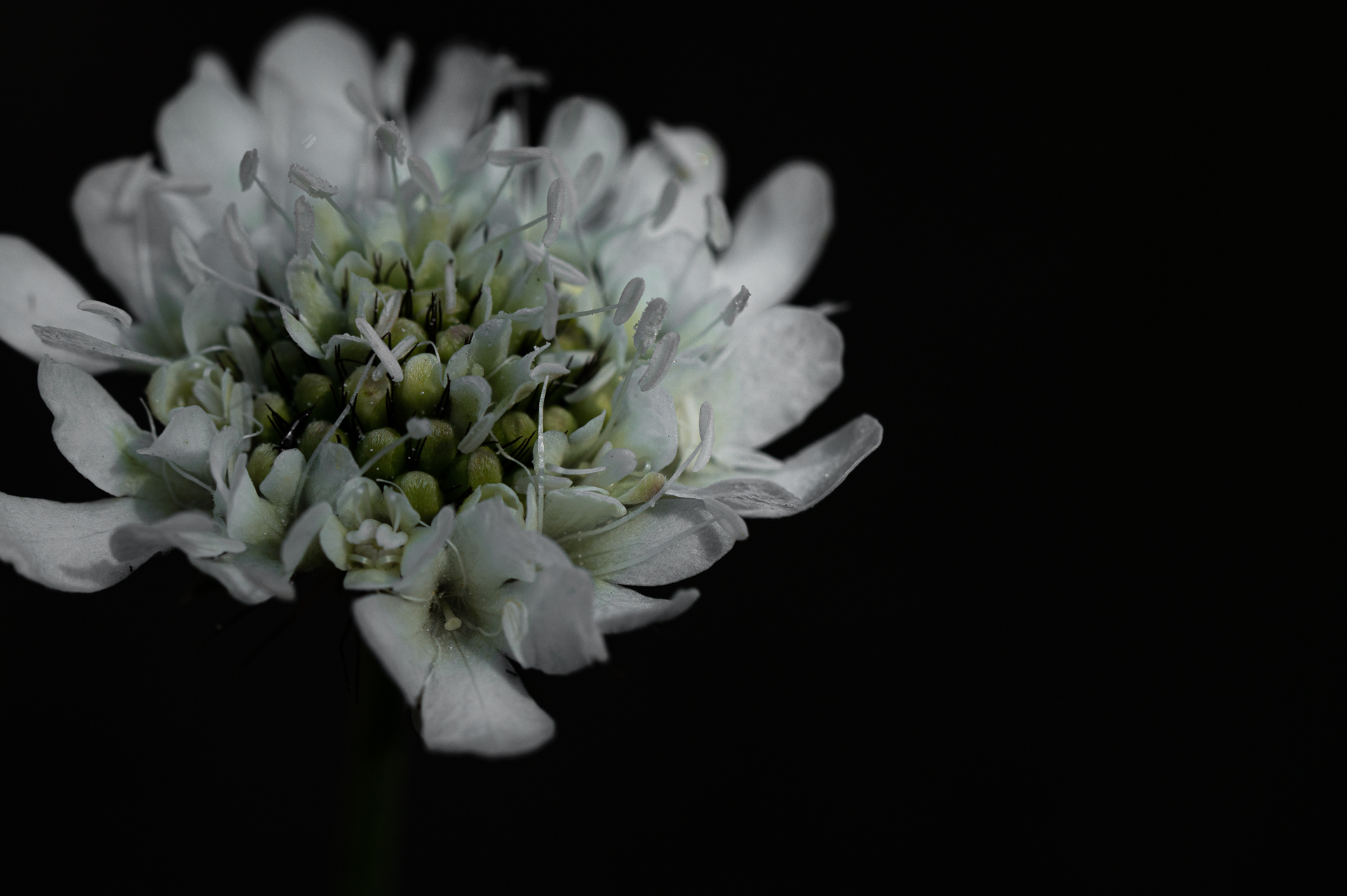
Written by John Fox
I set a challenge of doing handheld work only without flash. I have used my new Nikon Z6 II for a lot of controlled work and decided to put it through its paces in some less controlled scenarios. The settings required during macro capture can be quite restrictive. This camera has a few tricks I thought would make this process more manageable. The noise at high ISO’s is so much more manageable on newer cameras. This camera has 5-axis in-body vibration reduction. These mirrorless systems have amazing autofocus technology. With these advantages in mind I had high expectations for this cameras macro performance
I was shooting in early morning light, the camera is always trying to create an “average” exposure. So to communicate the actual lighting and atmosphere you need to under expose. On a DSLR you look through the eyepiece and only see the result of the exposure after taking the shot. A mirrorless camera actually shows the under exposure live on the screen. The result of this attempt at moody, brooding images was the autofocus system suffered severely.
It is always tough getting sharp macro images. 5-axis in-body vibration reduction should really help for this handheld challenge I had set myself. Problem is that system is only in effect with Z mount lenses. I was shooting with the provided adaptor to my FX lens. I found focusing speed to be pretty terrible and the adaptor seems to override the flick switches on the lens. As an example flicking the manual auto focus switch has no effect, autofocus is always on. The vibration reduction switch does turn it off and on from the switch, but when it is in the “on” position it is constantly running the stabilising motors not just when pressing the shutter release. It makes for a strangely noisy lens experience.
Even though I had decided on no flash for the day, I did bring a small video light which I always carry with me for macro work. I found this little green shoot growing out of the leaves and moss. In the gloom of the forest floor is looks a little lost in the first image. Side lighting it with a warm colour temperature creates the effect of a pool of light falling on the plant.
Finally having a camera with a tilting screen is such a blessing for macro work. Being able to isolate a flower by having the camera at really odd angles and still being able to see the screen is amazing. Or to work right on the ground and still be able to work comfortably helps you to not rush or give up and move on as soon as you would if your shooting position is awkward or uncomfortable.
Learn Macro Photography
If you would like to learn from John Fox himself, check out our course on macro photography by clicking here: Macro Photography Workshop




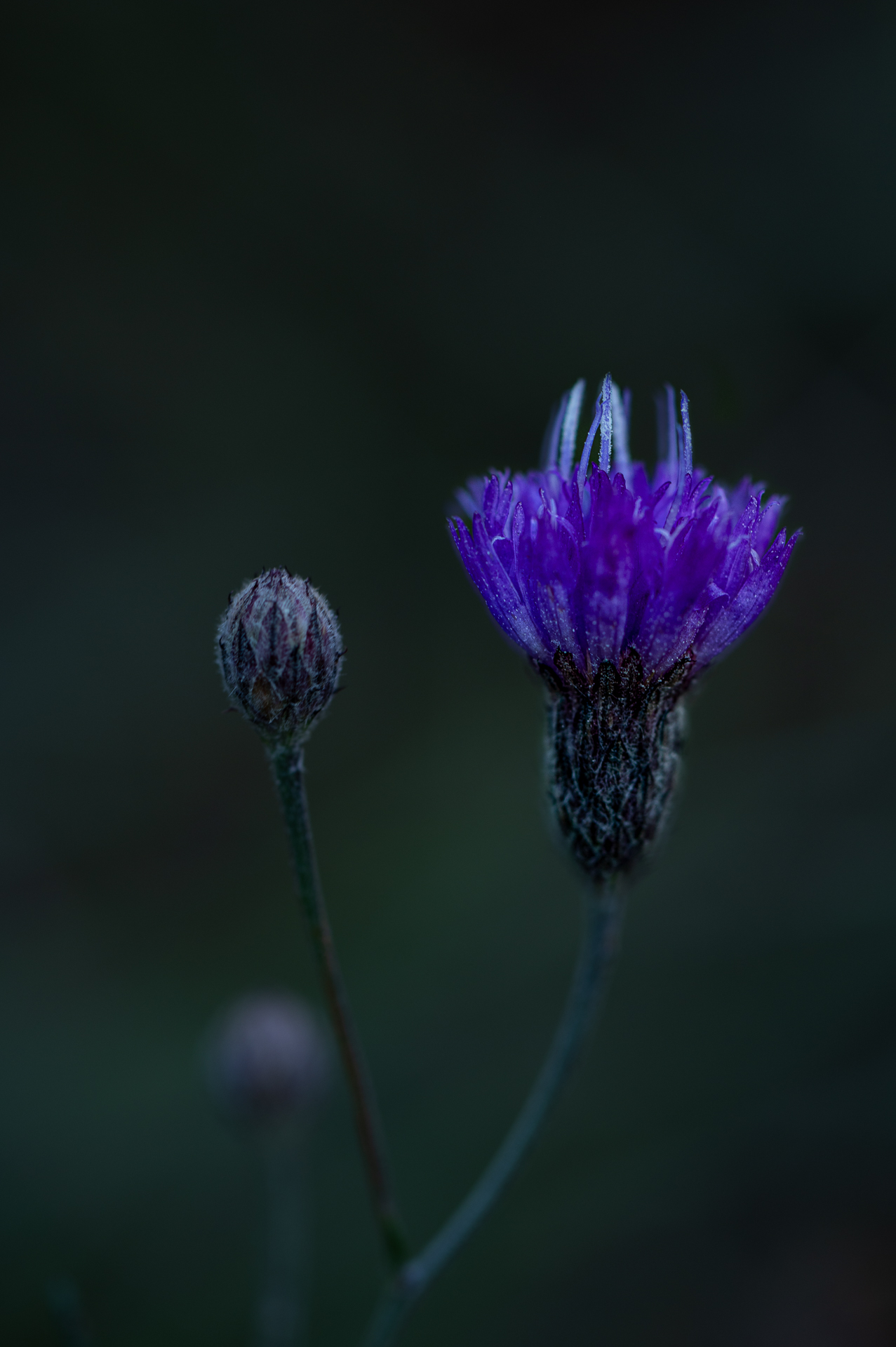
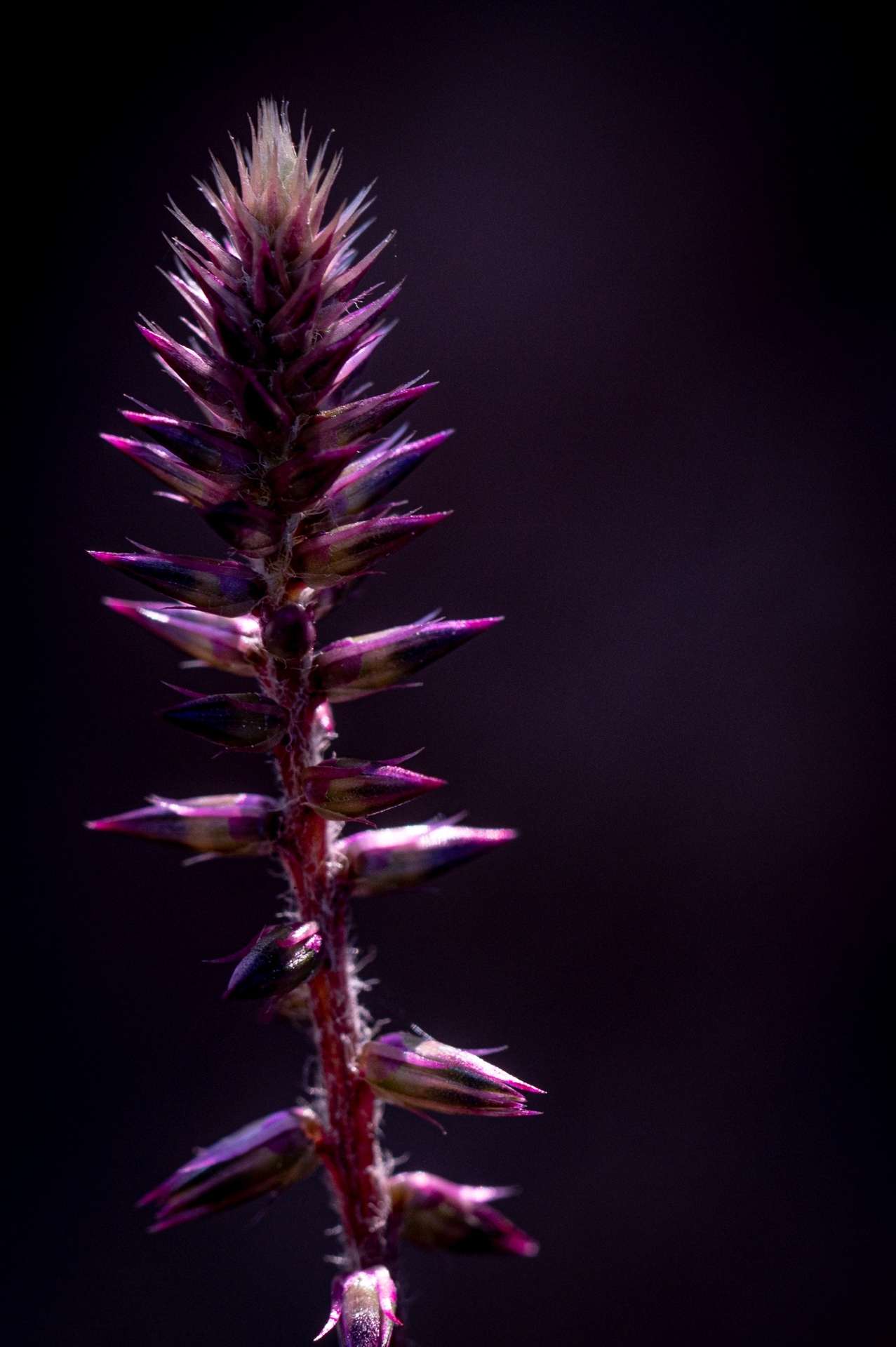
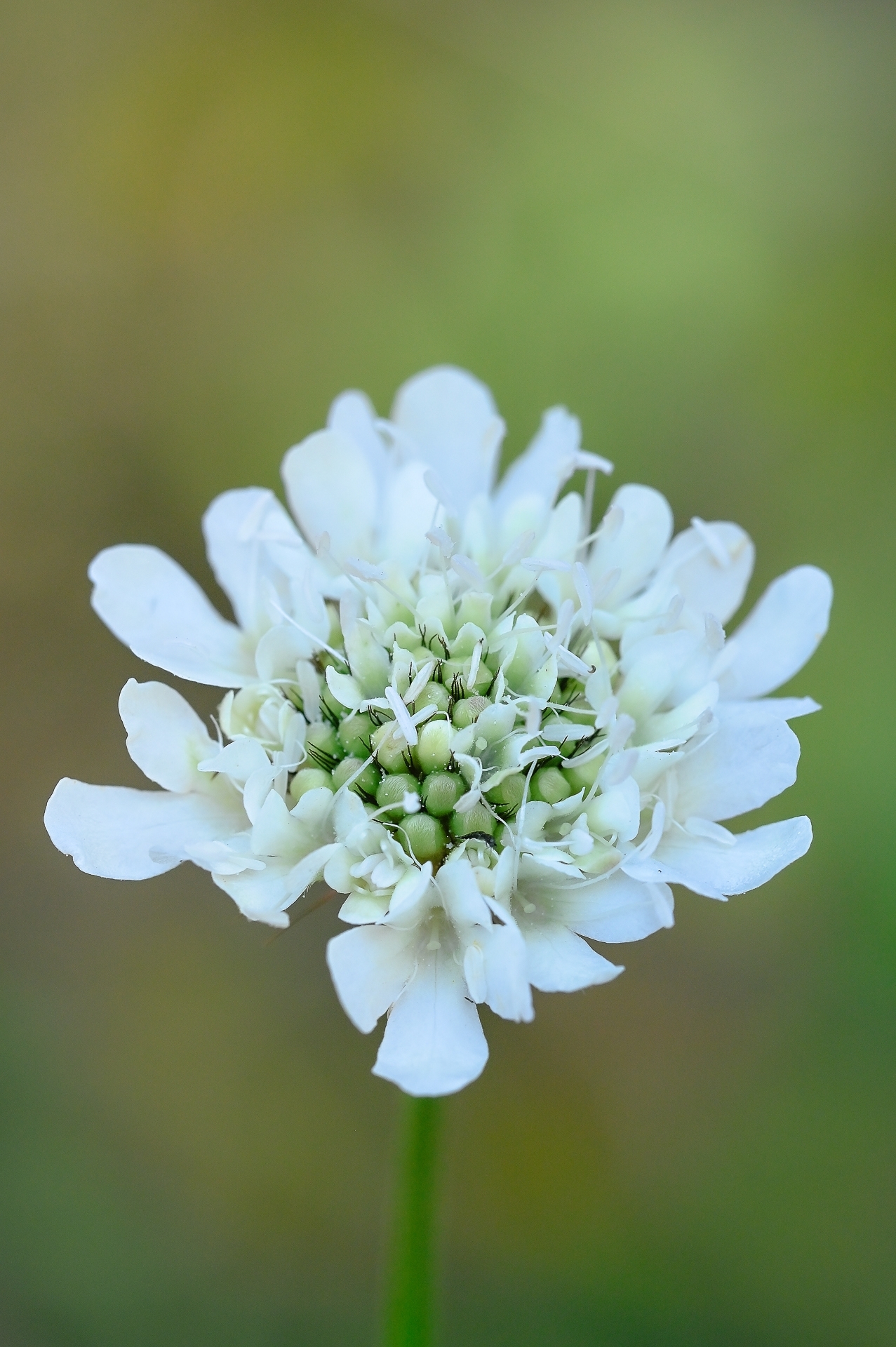
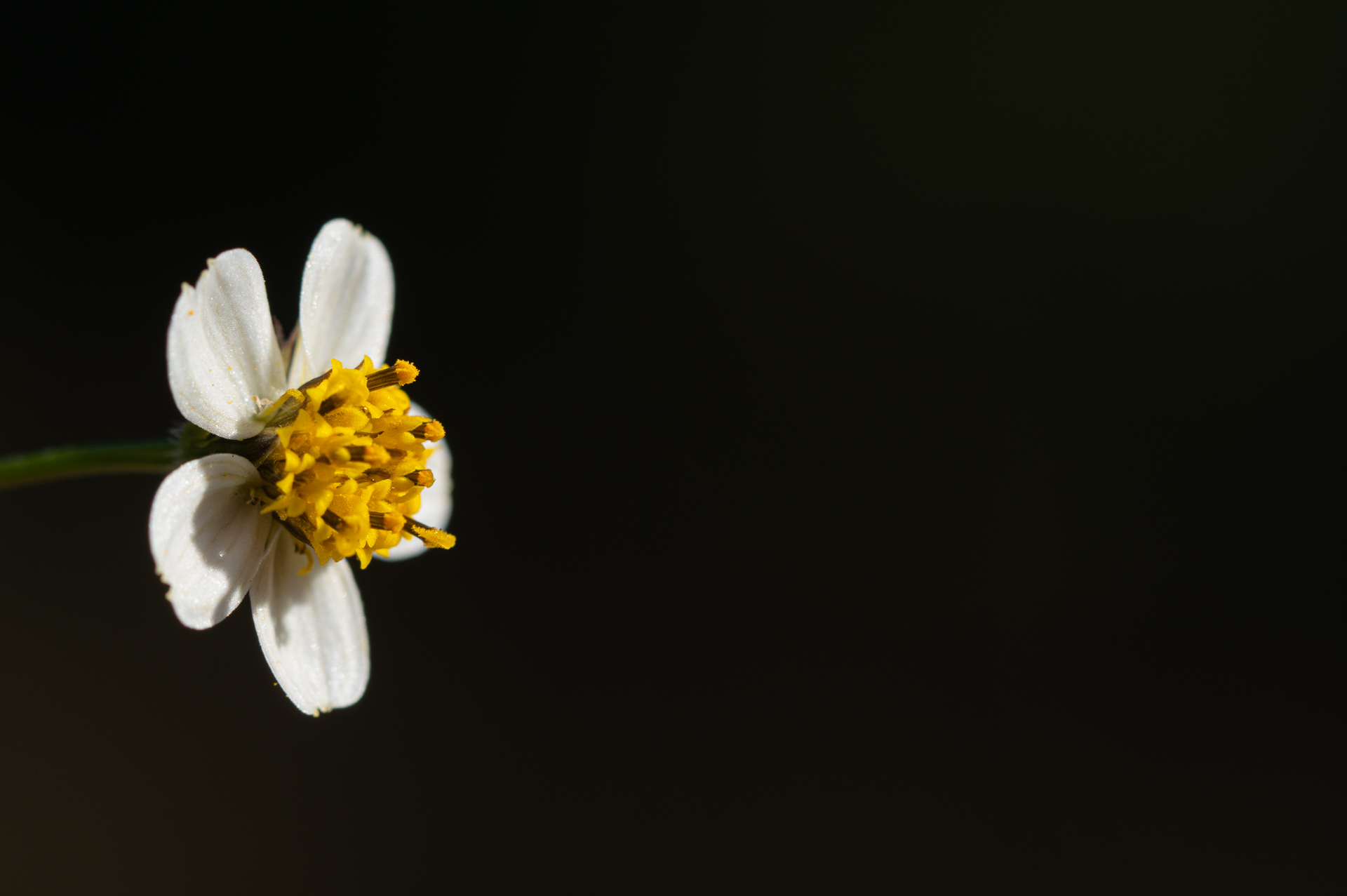
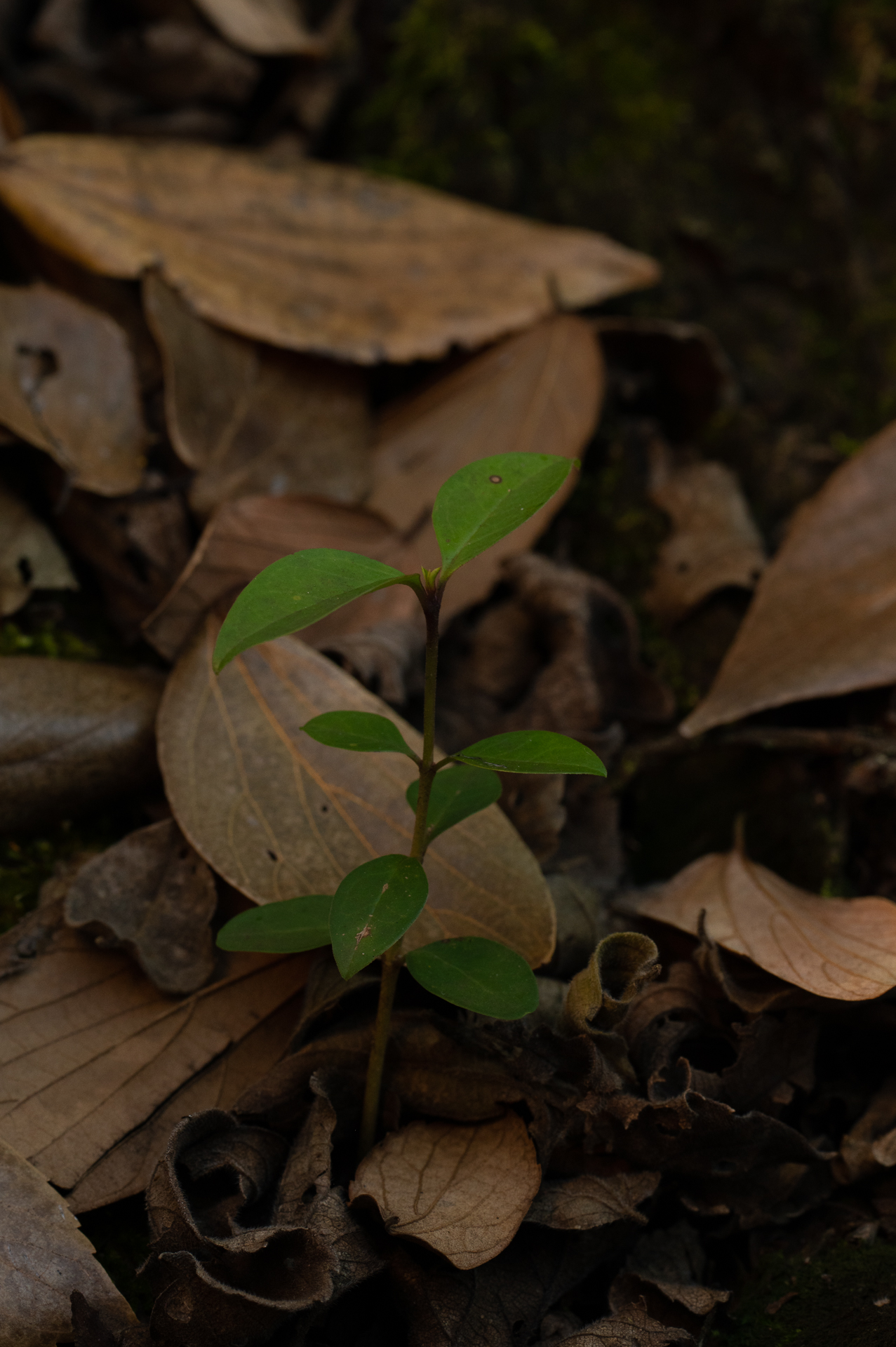


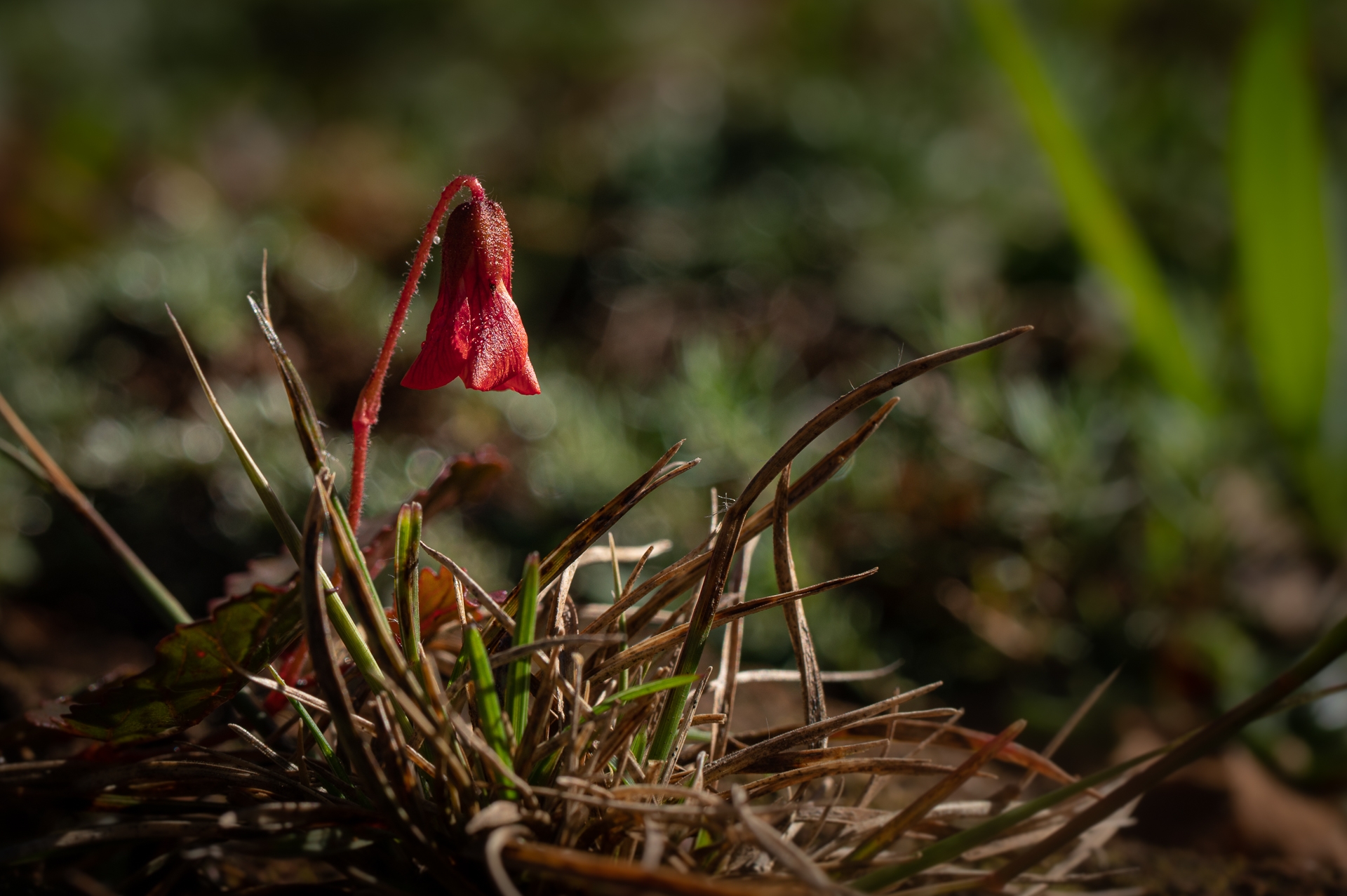
Leave A Comment